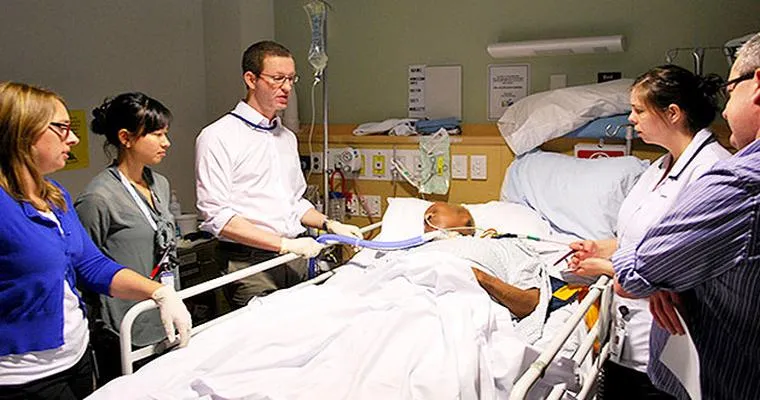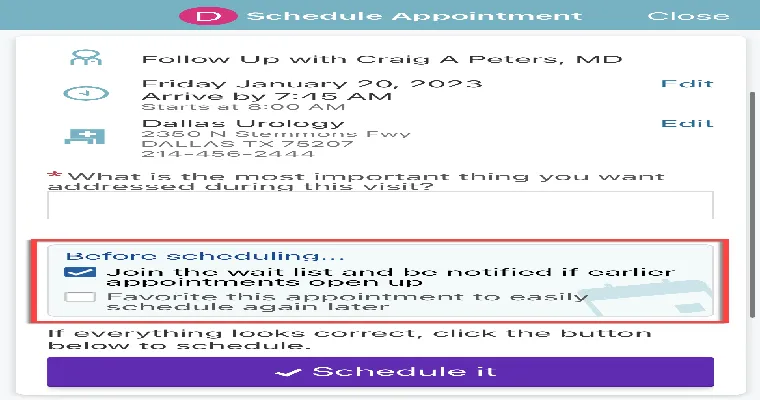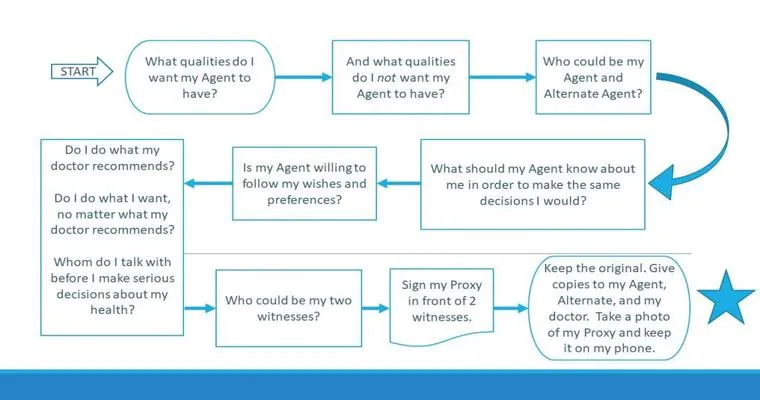When a loved one, especially a "dad", enters "hospice care", it can be an emotional and challenging time for the entire family. In some cases, patients may require a "feeding tube" to ensure they receive the necessary nutrients when they can no longer eat by mouth. Understanding how hospice care functions and the role of a feeding tube can help families navigate this difficult journey with compassion and clarity.
Hospice care focuses on providing comfort and support to patients with terminal illnesses. This specialized care emphasizes quality of life and palliative measures rather than curative treatments. When a dad is placed in hospice, the goal is to manage symptoms, provide emotional support, and ensure that he experiences dignity in his final days. A feeding tube may be introduced when oral intake becomes insufficient or impossible, allowing for proper nutrition and hydration.
There are different types of "feeding tubes", including nasogastric tubes that are inserted through the nose and extend to the stomach, and percutaneous endoscopic gastrostomy (PEG) tubes, which are surgically placed directly into the stomach. The choice of feeding tube often depends on the patient's specific needs and the expected duration of hospice care. Families should have open discussions with healthcare providers to understand the benefits and potential complications associated with feeding tubes.
One of the most critical aspects of hospice care with a feeding tube is communication. Family members should engage in conversations with medical staff about the objectives of care, the patient's wishes, and potential outcomes. Many families find solace in having these discussions, as they can clarify what to expect and help them make informed decisions. It is essential to consider the "dad's" preferences regarding nutrition and hydration. Some patients may choose to forgo a feeding tube, valuing comfort and natural processes over prolonged medical interventions.
In addition to physical care, emotional support is vital during this time. Families should consider seeking counseling or joining support groups to cope with the feelings of grief and loss. It can be helpful to share experiences with others who are going through similar situations, as this can provide comfort and insight.
Caring for a dad on hospice with a feeding tube also involves daily monitoring of his condition. Family members should be attentive to any signs of discomfort or complications related to the feeding tube, such as infections or blockages. Maintaining a close relationship with the hospice care team is crucial, as they can provide guidance on managing these issues effectively.
As the end of life approaches, the focus should remain on providing comfort and maintaining dignity. Families are encouraged to create a peaceful environment, filled with love and support, where their dad can feel safe and cared for. Engaging in meaningful conversations, reminiscing about cherished memories, and simply being present can make a significant difference during this challenging time.
In conclusion, navigating the complexities of hospice care with a feeding tube for your dad requires understanding, compassion, and open communication. By prioritizing comfort and focusing on the needs and wishes of the patient, families can ensure that their loved one receives the best possible care during this poignant stage of life.





